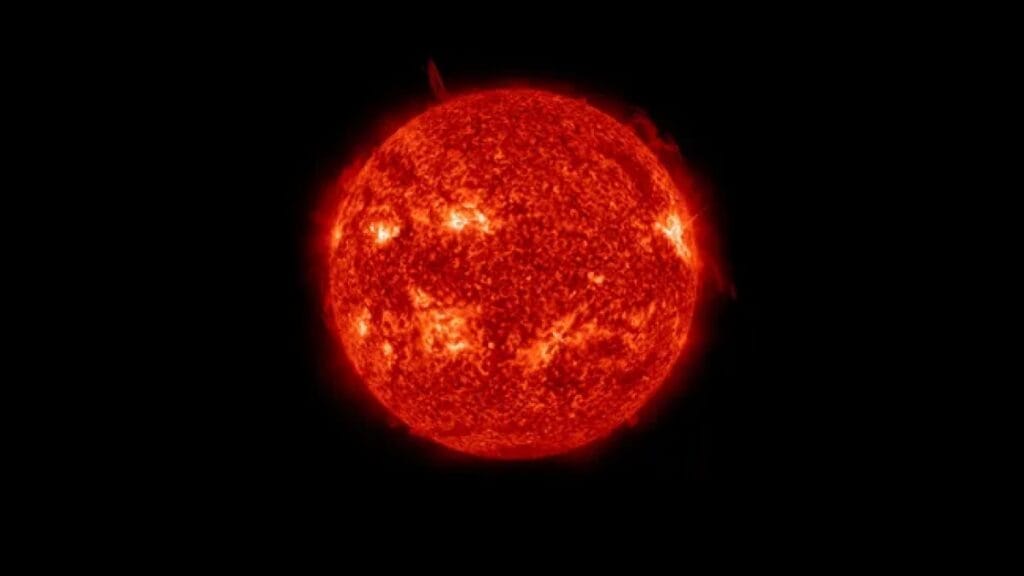The Sun’s Age Controversy Unveiled by Magnetic Activity
Astronomers have long looked to helioseismology as a reliable method to estimate the age of the Sun. By analyzing the vibrations that reverberate through its core, they have attempted to pinpoint the Sun’s true age. However, recent studies have shed light on a significant challenge in this process: the Sun’s magnetic activity, which operates on an 11-year cycle, seems to be skewing these estimations.
Research based on data from the Birmingham Solar Oscillations Network (BISON) and NASA’s Solar and Heliospheric Observatory (SOHO) mission, spanning over 26.5 years, has brought to light a startling revelation. When measuring the Sun’s age during the solar minimum versus the solar maximum, a 6.5 percent difference has been observed. This discrepancy, stemming from fluctuations in the Sun’s magnetic activity, implies that similar age estimation methods used for other stars may also be impacted, especially those with robust magnetic fields.
The Influence of Magnetic Activity on Solar Age Determination
In a recent publication in the Astronomy & Astrophysics journal, researchers emphasized the unexpected significance of the Sun’s magnetic activity on age estimations. The alternating magnetic phases, shifting between solar minimum and maximum, have proven to wield greater influence than previously assumed. During periods of heightened magnetic activity, the oscillations within the Sun, detected by instruments like BISON and GOLF (Global Oscillations at Low Frequency), yield results that suggest a younger Sun compared to calmer magnetic phases.
These internal oscillations caused by waves within the Sun alter its luminosity and surface movements, enabling scientists to deduce crucial details regarding the Sun’s inner structure and, by extension, its age. However, the revelation of magnetic activity’s unforeseen impact on these measurements challenges the established belief that such activity minimally affects helioseismology.
The Ongoing Challenges for Stellar Observation
The implications of this discovery extend far beyond our own Sun. As the scientific community prepares for the European Space Agency’s forthcoming PLATO mission, slated for launch in 2026, an additional layer of complexity arises. Researchers must now factor in the role of magnetic activity when analyzing the age, mass, and radius of remote stars. PLATO’s primary objective is to identify fluctuations in starlight caused by planetary transits and asteroseismic oscillations, akin to those observed in our Sun.
Should magnetic activity significantly distort these observations, mirroring the Sun’s experience, a reassessment of past data from missions like NASA’s Kepler Space Telescope may become necessary. This development poses a critical challenge for the future of asteroseismology, prompting the exploration of new methodologies to ensure precise age estimations for stars, particularly those exhibiting heightened magnetic activity.
In conclusion, the understanding of stellar ages and structures continues to evolve, propelled by groundbreaking discoveries like the impact of magnetic activity on age estimations. As scientists embark on new missions and delve deeper into the mysteries of the cosmos, these findings underscore the necessity of adaptability and innovation in the pursuit of astronomical knowledge.

